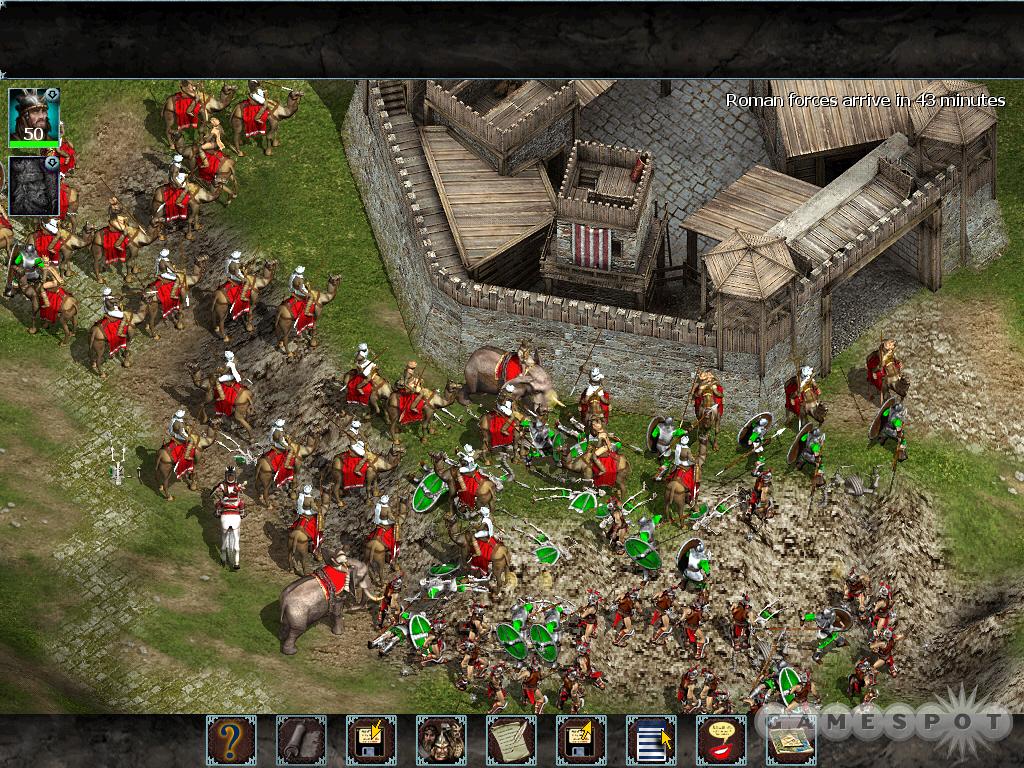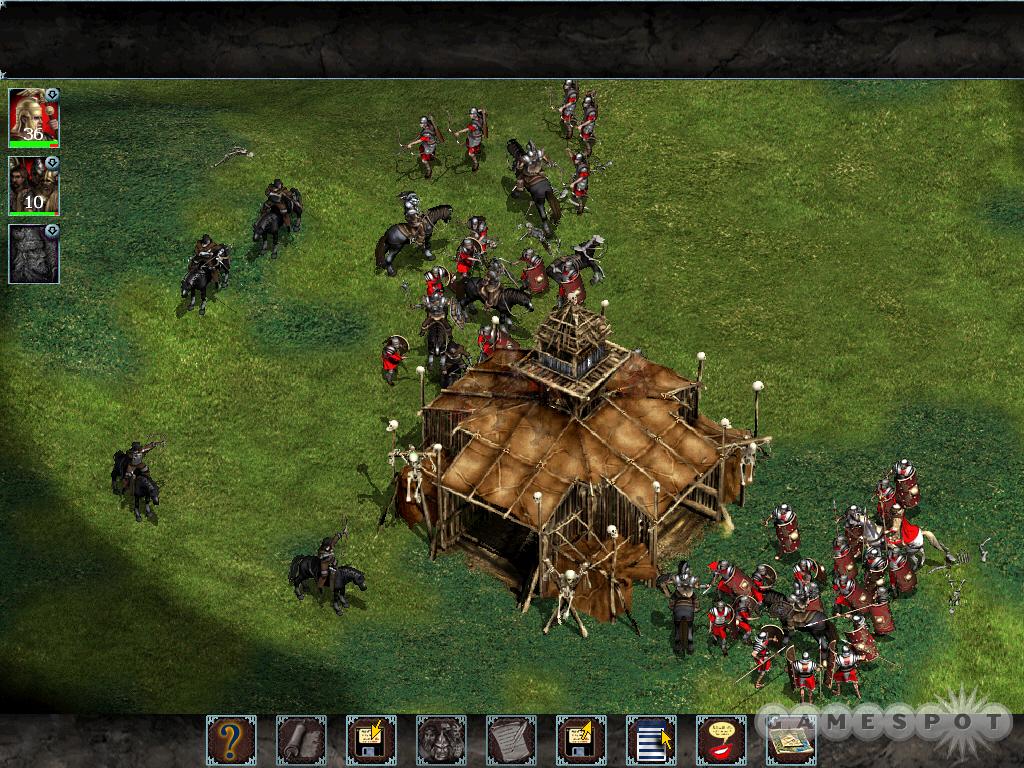Nemesis of the Roman Empire Hands-On Preview
This real-time strategy game will let you relive the famed Punic Wars between Rome and Carthage. Get the details here.
Nemesis of the Roman Empire is a historical real-time strategy game about the biggest grudge match of the ancient world--the three wars fought between Rome and Carthage in the second and third centuries BC. The conflicts known as the Punic Wars were so brutal that when Rome finally managed to defeat Carthage decisively, Roman legions razed Carthage, killed all its inhabitants, and salted the earth to prevent crops from ever growing there again. Nemesis will give you a chance to command the forces of Rome and Carthage, as well as two other factions. Perhaps you can rewrite history?

Developed by Bulgaria's Haemimont Games, Nemesis is actually the follow-up to Celtic Kings: Rage of War. (In Europe, Nemesis will be published under the name Celtic Kings: The Punic Wars.) Like Celtic Kings, Nemesis combines real-time strategy and role-playing game elements. In the single-player adventures, you'll lead your character on a series of missions that will incorporate a lot of exploring and interaction with nonplayer characters. Depending on which side you're playing, you may repel a Carthaginian offensive on the Iberian Peninsula, invade Iberia, conquer Sicily in the First Punic War, or wage the battles of the famed Carthaginian general Hannibal.
In addition to Hannibal, other famous figures that appear in the game include the lesser-known Carthaginian commanders Hamilcar and Hasdrubal, in addition to Rome's legendary savior Scipio Africanus. There are also two other playable factions--Gaul and Iberia--each with its own campaigns and heroes.
If you're familiar with Celtic Kings, then you know that the real-time strategy in the game differs from most games of this sort. There's not a lot of base construction, as most cities, towns, and outposts are already established on the map. Furthermore, there isn't a lot of resource gathering since the game's two main resources are food and gold. Food is raised at villages and towns, and then it's sent to your city to feed the populace and to be traded for gold. Your job is to network the flow of these resources to your city and to maintain control of the countryside with your military, thus protecting your villages, outposts, and supply chains. This can translate into a tug-of-war struggle as two or more factions can battle for the same settlements.
There's also a light role-playing element in the campaigns. Your character will converse with NPCs for information about the surrounding terrain, and there are in-game cutscenes that explain the missions, such as a Roman Senate debate about invading Sicily. The campaign maps are quite large and feature lots of towns and outposts, as well as caves and ruins to explore. Additionally, you can toggle to a strategic map that allows you to see supply routes as well as the disposition of friendly units and any known enemy units.
Each faction has its own distinct look, so Roman cities are very orderly and prosperous, while Gallic towns look ramshackle and rough in comparison. Moreover, each faction has its own unique unit types. The Carthaginians rely mainly on mercenaries, and their units include Numidian riders, Berber assassins, and Libyan footmen. Rome's legions are made up, in part, by hastati (the lowest rank and most common type of legionnaire), gladiators, and the praetorian guard. Gaul's units include swordsmen, axemen, and spearmen, while the Iberians' units include slingers, defenders, and elite guardsmen. There's also a mystical element in the game because each side has access to a special unit. For instance, the Gallic druid, which has such special magical abilities as ghoul summoning, invisibility, and mass healing, represents the Gaul's special unit.
Units are usually attached to a hero who can be recruited from a gladiator arena. When units are assigned to a hero, they gain certain bonuses, and it's easier to control them. All you have to do is give a command to a hero, and his units will automatically fall into formation. Units are smart enough to march and fight in formation, and you can choose different formations if you're on offense or defense. Morale is also modeled, and troops will break ranks and run if they sense that things are going badly. For example, if troops see Carthaginian elephants trampling their buddies, they'll be more inclined to turn tail and run.

It appears that Nemesis will support up to eight players in multiplayer, and some of the match types include elimination and team elimination, as well as score and time-limit games. Haemimont is currently putting the finishing touches on Nemesis. The game is scheduled for release sometime next month.
Got a news tip or want to contact us directly? Email news@gamespot.com
Join the conversation